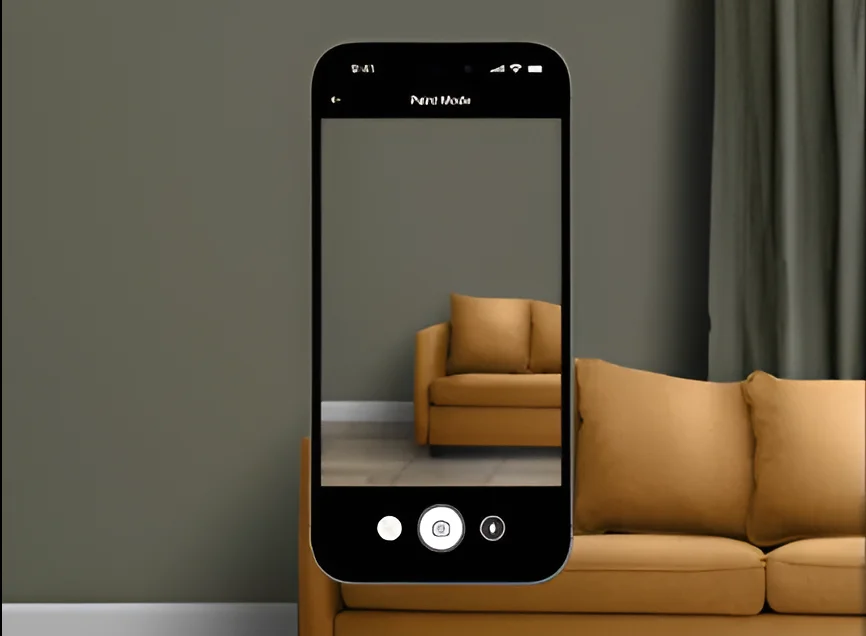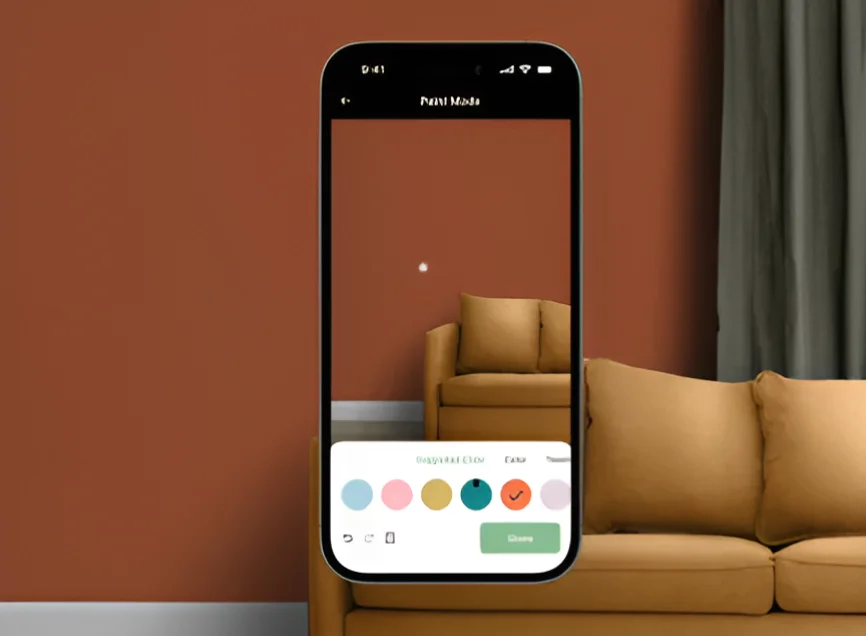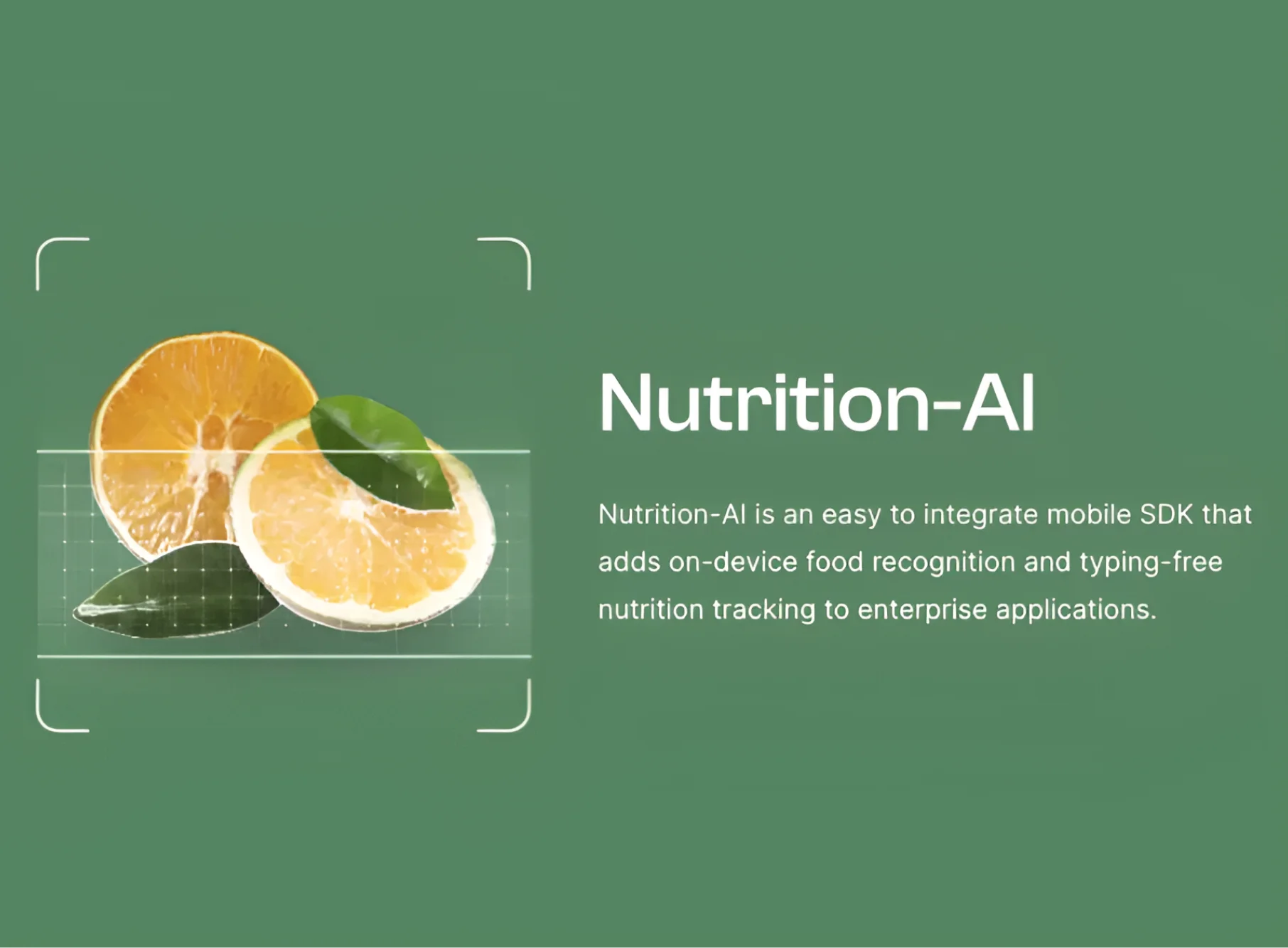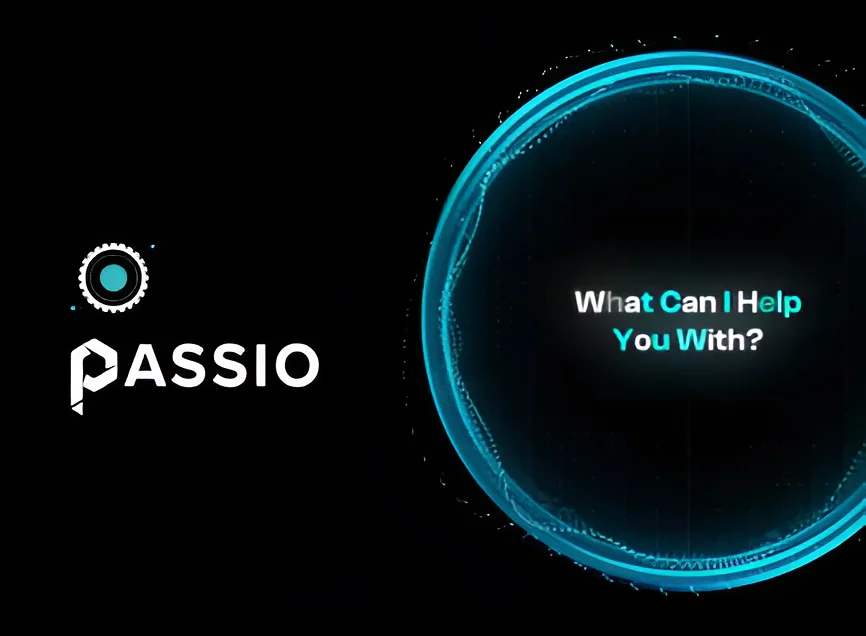
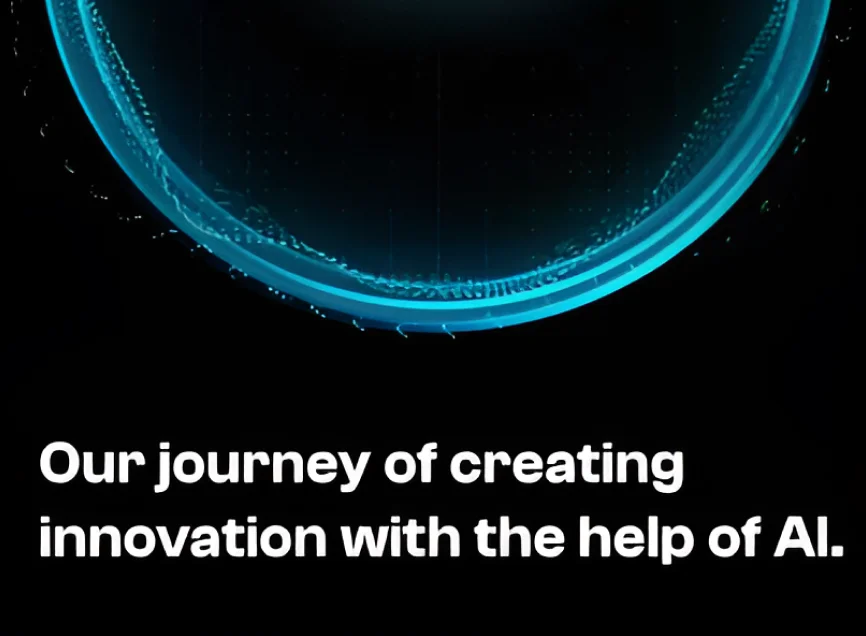
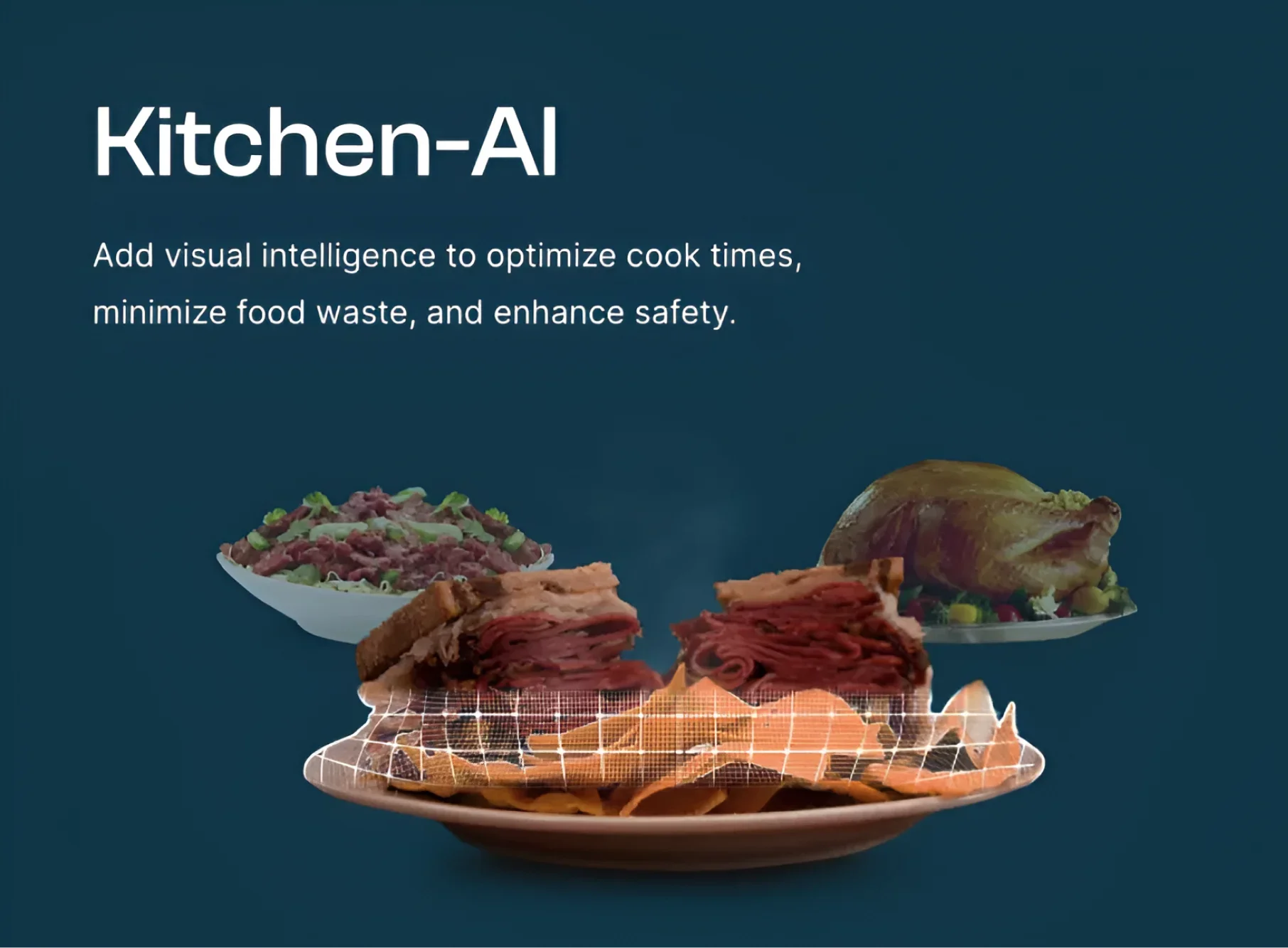
Our team worked on five approaches for mapping walls: Legacy swatch allowing to fill colors in the selected squares, Floor Plan allowing to point out corners to create AR walls for color selection (which uses OpenGL Shading Language (GLSL)), Room Plan (available in iOS only) allowing scan and generate 3D geometry model that recognises objects and walls to apply paints on, Color Range identifies wall colors and allows to change particular color parts (in iOS app it uses LiDAR scanner to measure area size), and many other features.
Understanding the need of nutritionists and doctors to receive daily meal updates from customers, and even help users to track their meal and nutrition consumptions, we helped the Passio.AI team with their Nutrition AI SDK modifications and provided cross-platform application development using React Native and Flutter to make it compatible with various platforms and devices. We also suggested creating a feature to generate a doctor's report to share it in PDF form. Any business can subscribe for this SDK and offer users AI-driven fitness journeys.
We also assisted in the modification of the Segment Anything Model (SAM), an AI model that allows users to select any already clicked image from the gallery and produce high-quality object masks to virtually try on things, such as Paints on walls. It has been trained on a dataset of 11 million images and 1.1 billion masks, has strong zero-shot performance in segmentation tasks, and offers great accuracy.
Initially, when testing the application for applying color and texture filters on the wall, we encountered various issues, such as colors being applied to objects placed near the wall. To rectify this, we proposed training the computer vision model to distinguish between objects and walls. Our suggestion involved generating image-based synthetic data, a process in which our team of 2D/3D artists played a pivotal role.
Computer vision techniques are employed to analyze the live video footage of walls and identify patterns that deviate from the expected appearance of a well-maintained surface. Considering that there could be damage in the wall, the application will help you detect any anomalies in the wall (in the form of breakages, cracks, and holes), detect the depth of the damage, and suggest the amount of material required to make repairs. Python and Google AI were used to train the models.
We modified the AR models provided by the Passio team for different business applications. Our team developed the AR/VR functionality for the Android platform, especially for the Paints AI and Remodel AI modules, that lets users take a virtual tour of the property and reimagine its interior with different colors and textures. It plays a key role in room mapping, as the user needs to jot the corners of a room, and the application generates a 3D model that visualizes the entire room, letting users take a virtual tour of it, and even apply filters and check different colors and texture on the wall for better interior planning.
Accuracy for Paint.AI
Accuracy for Nutrition AI
Reduction in Dietary Mistakes
